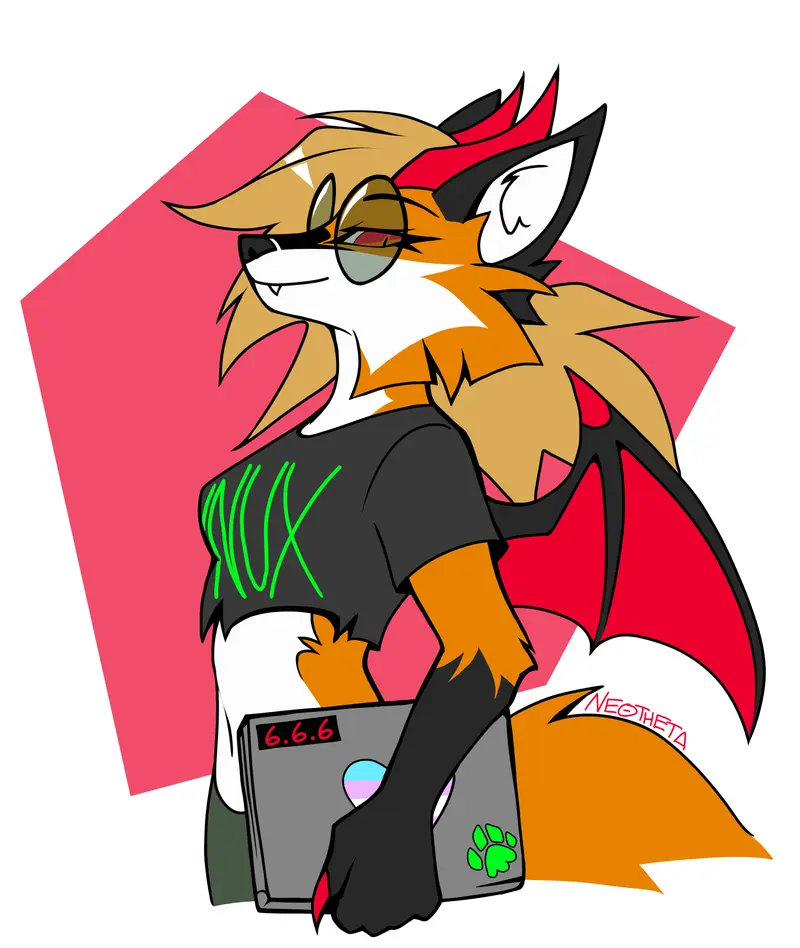SDDM needs major work honestly. Easily the worst part of KDE. So glad I switched to greetd instead.
@jaxiiruff
Can you give me a guide on how to switch to greetd or lightdm ?I use nixos so im not sure I’d be able to help you, I recommend using the arch wiki https://wiki.archlinux.org/title/Greetd for getting an idea of how to get started even if you dont use arch. I personally use tuigreet as its pretty minimal configuration and nice looking.
@jaxiiruff
thanks!
Ugh, no offence to someone who worked on it but sddm is such a failure of display manager. It was only introduced around 10 years ago replacing kdm. It was meant to be simple (duh, thus the name). It has all sorts of issues and is constantly being fixed, just for something super basic like login screen
@kde
It even persists after the login!
Doesn’t get fixed until I re-align my displays in xrandrHahaha. Common problem with multiscreen with different resolutions. Your laptop screen is below and left of your main display, and X11 renders this black “virtual screen”.
There are multiple solutions:
a) Set your screen resolution and position through KDE Plasma SystemSettings and push the button “apply to SDDM configuration” (I think Plasma 6.0 removed this option, try to find it in the SystemSettings KCM SDDM section).
b) The another solution is the old one. Create a file into
/etc/X11/xorg.conf/display.confwith the proper values of position and resolution. Search in a wiki about examples (archlinux wiki?).c) There is a third one that I used few years ago. SDDM allows you run any command after the screen initialization. So you can exec your xrand command here. Search about
/etc/sddm.confAlso a solution: Use Wayland, it’ll probably break other things, and Nvidia support is only just getting there; but it’s multi monitor support is amazing, so it should fix that issue. So maybe it’s worth a try?
@SteveTech @jlsalvador
Wayland is trash IMO and it doesn’t even start on my system. I have an nvidia gpu



